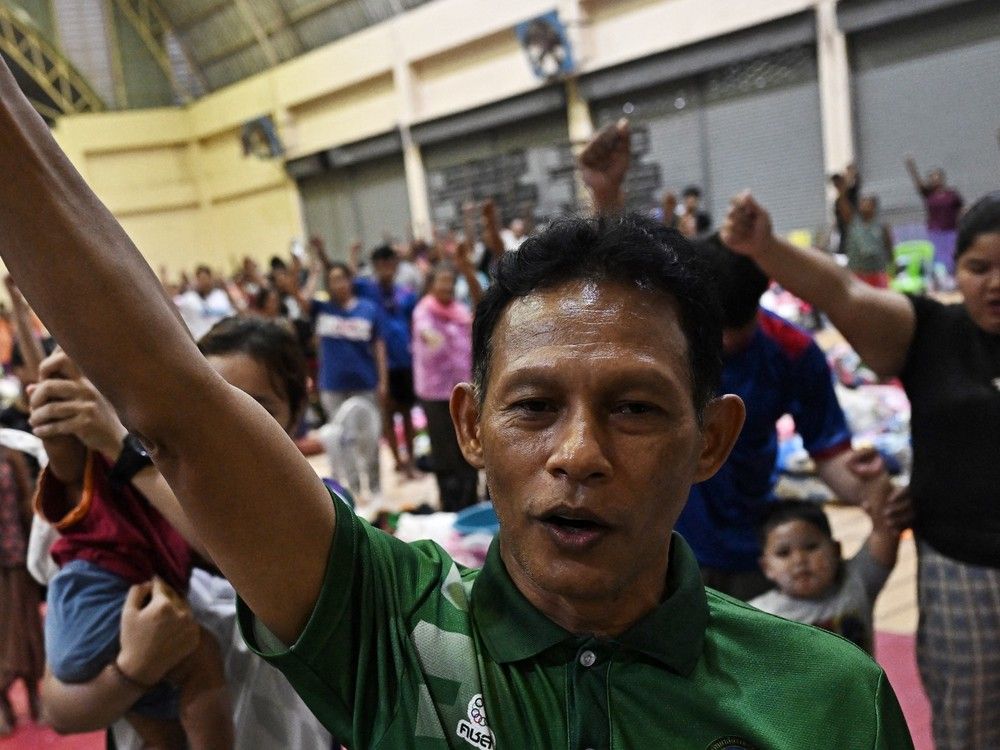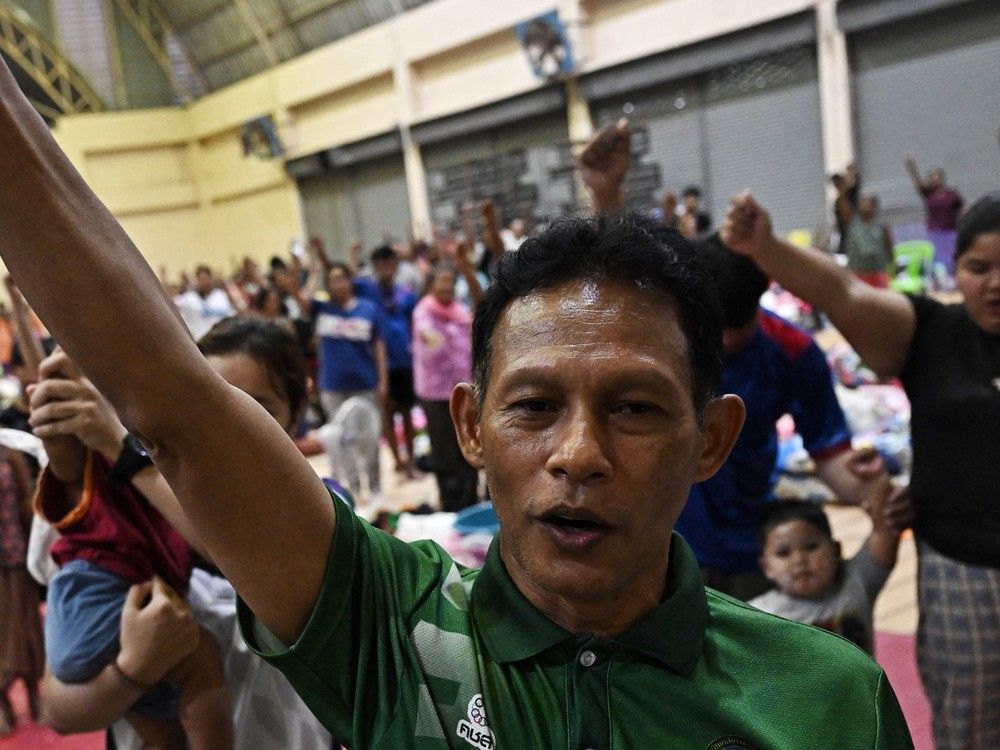
Cambodia and Thailand have agreed to an immediate ceasefire following days of deadly border clashes, the latest flashpoint in a decades-long territorial dispute.
The truce was brokered under the mediation of Malaysian Prime Minister Anwar Ibrahim, the current chair of the Association of Southeast Asian Nations (ASEAN). The agreement comes after fighting between the two countries’ forces left at least 35 people dead, including civilians, and displaced thousands near the disputed frontier.
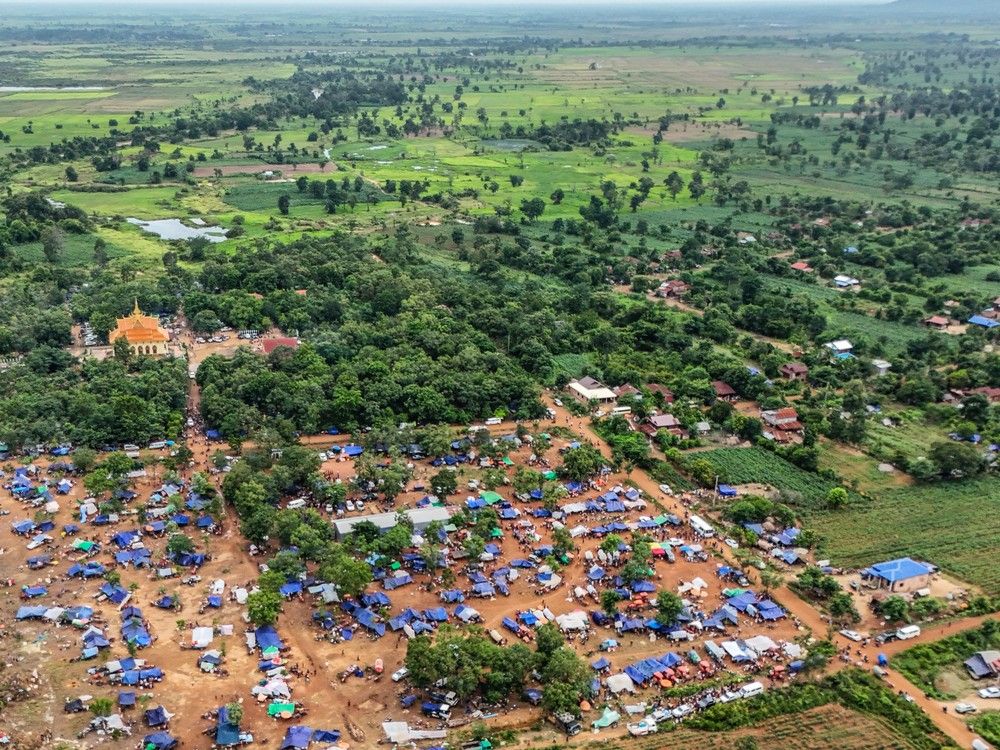
What triggered the latest violence
Tensions first escalated in May, when a Cambodian soldier was killed in a clash of cross-border firing.
Since then, both countries have put border restrictions on one another, with Cambodia banning imports like fruits and vegetables from Thailand, as well as stopping the import of power and internet services. Thailand stopped almost all crossing over the border, apart from a few cases.
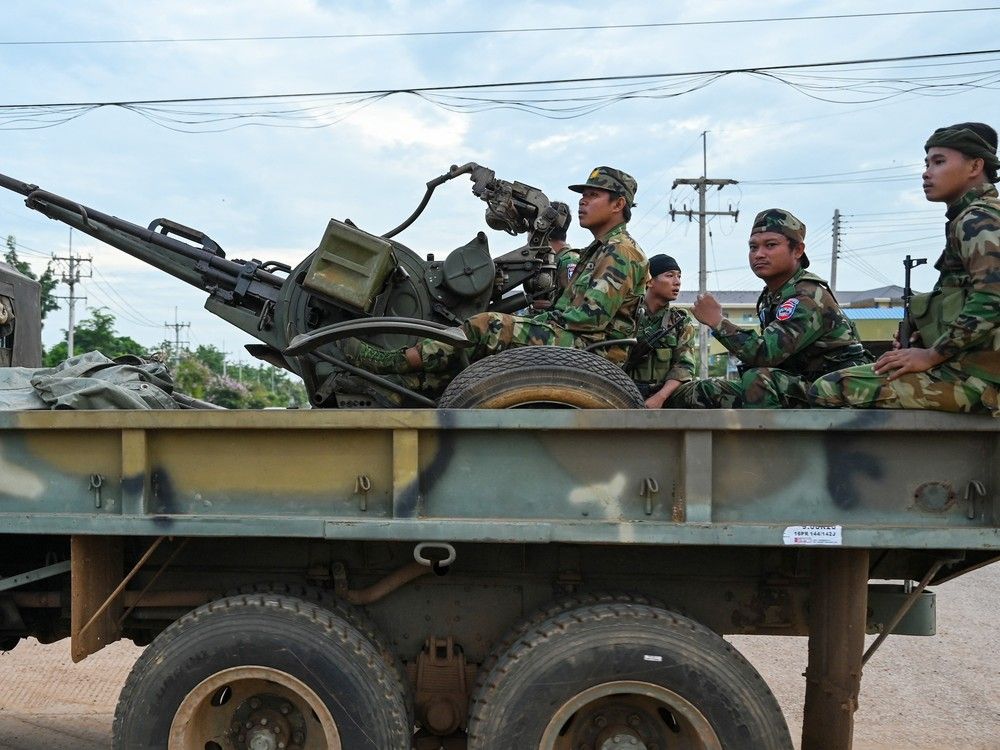
In recent weeks, both countries also increased military presences alongside the borders.
Last Thursday, Thailand claimed that at 7:35 a.m., Cambodia’s military deployed drones to conduct surveillance of Thai troops near the border. Cambodia allegedly opened fire alongside the border at 8:20 a.m., prompting Thailand to retaliate. Thai authorities also accused Cambodia of using heavy weaponry that caused damage to homes and public facilities.
Cambodia, however, provided a different story to what happened. They claimed that Thai troops crossed into a disputed area near a temple at 6:30 a.m. and installed barbed wire. They then flew a drone around 7 a.m. and fired warning shots at 8:30, before launching a pre-emptive strike at 8:46, using excessive force, according to Cambodian officials.
What followed was five days of fighting along the border that left many injured and displaced.
Where it all began
The two countries share a land border stretching over 800 kilometres, a region that has seen repeated flare-ups. The dispute largely traces back to a 1907 map drawn during French colonial rule, which Cambodia uses to support its claims to territory. Thailand, however, argues the map is inaccurate and does not reflect the legitimate boundary.
In 1962, the International Court of Justice (ICJ) ruled in favour of Cambodia, granting it sovereignty over the 1,000-year-old Preah Vihear temple. It’s a decision Thailand has not been happy with.
After deadly skirmishes in 2011 that left about 20 people dead and forced thousands to flee, Cambodia returned to the ICJ, and in 2013, the court reaffirmed its earlier ruling.
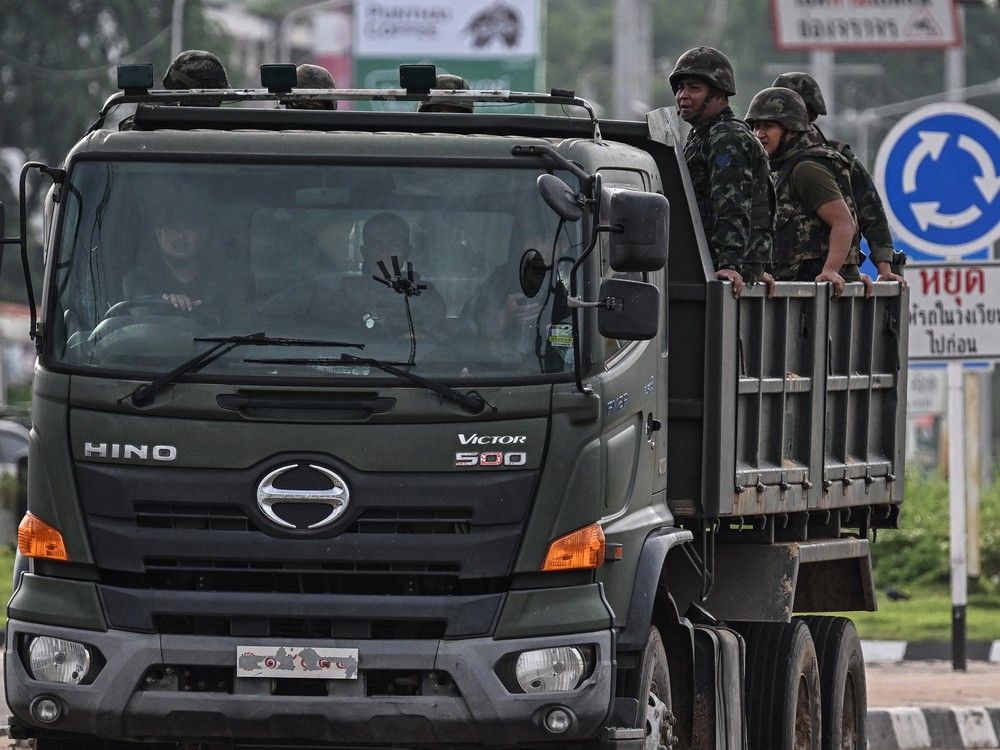
What the Ceasefire Means
The ceasefire came into effect Monday at midnight, following the efforts by Malaysia, chair of the ASEAN regional bloc, the United States and China. This comes after Malaysia offered to mediate last Friday, with Thailand refusing, saying this conflict could only be resolved through bilateral negotiations. However, with U.S. President Donald Trump threatening to stop trade talks, the ceasefire was able to take effect.
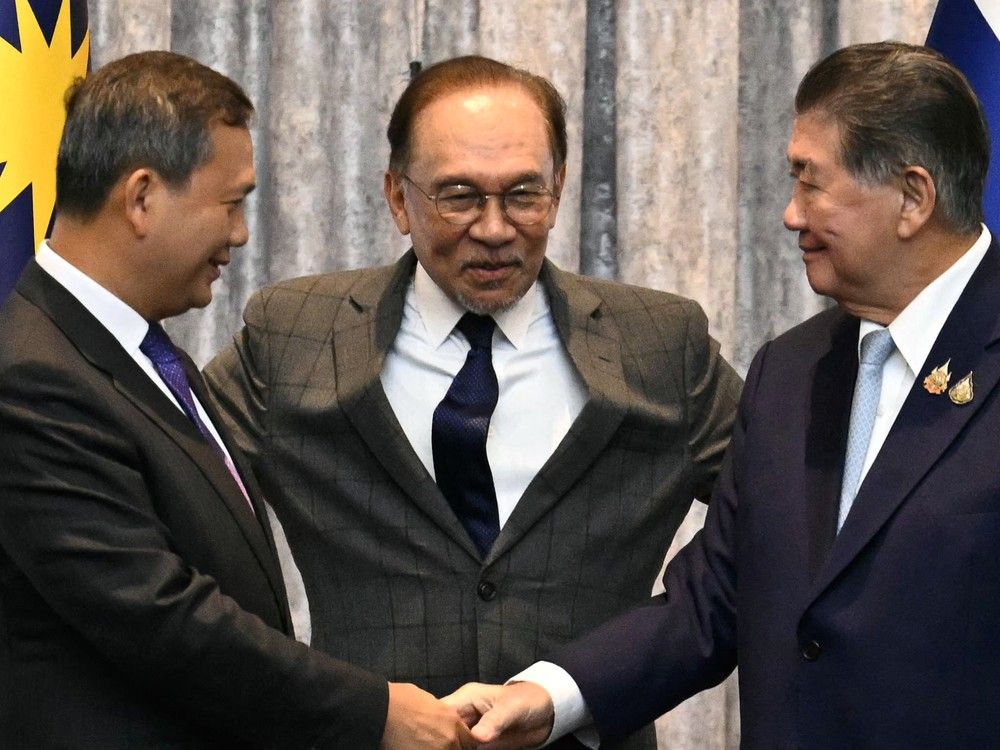
Under the ceasefire deal, both sides agreed to an “immediate and unconditional” halt to fighting. Military commanders from Cambodia and Thailand are scheduled to meet on Tuesday to discuss steps for easing tensions along the border.
Our website is the place for the latest breaking news, exclusive scoops, longreads and provocative commentary. Please bookmark nationalpost.com and sign up for our daily newsletter, Posted, here.
